#Morgan Library
Explore tagged Tumblr posts
Text

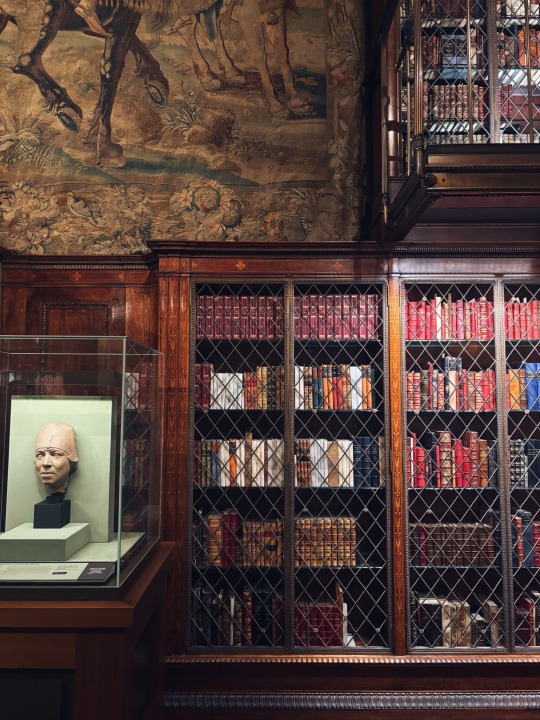
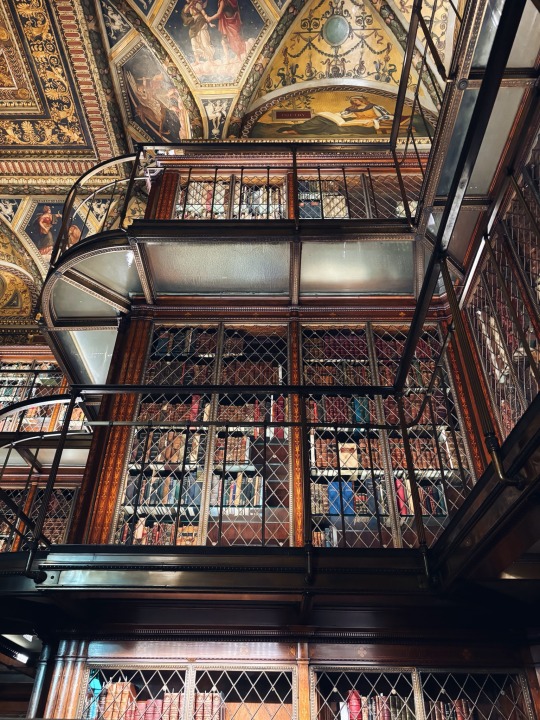

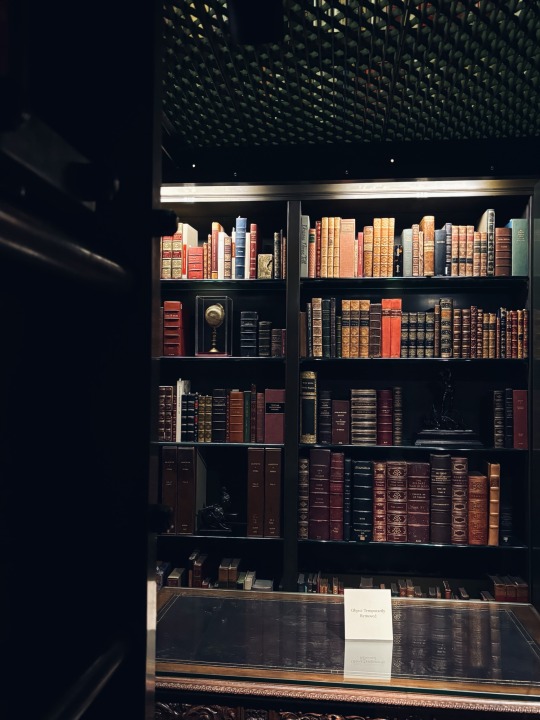
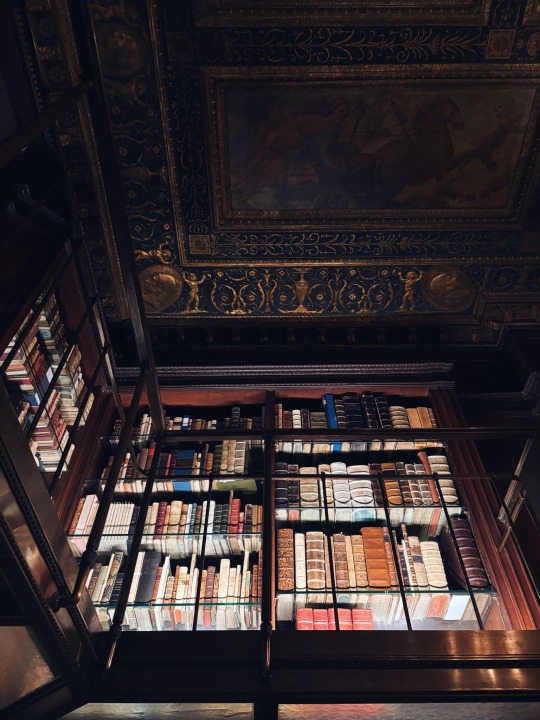
The Morgan Library, New York
#bookblr#books and reading#old books#classic library#antique books#bookshelf#bookworm#books and libraries#dark academia#academia#dark acadamia aesthetic#dark aesthetic#vsco#photography#vscogood#vscocam#aesthetic#vintage aesthetic#morgan library#New York#studygram#studysthetic#studyspiration#study mood#studyblr#studyspo
3K notes
·
View notes
Text








The Book of Marvels: Imagining the Medieval World at the Morgan Library - see these and more at their new exhibition. Details at:
541 notes
·
View notes
Text
#WatercolorWednesday :

Beatrix Potter (English, 1866-1943)
“Terrapin, probably drawn at London Zoo” c.1905
Watercolor, pen & ink, graphite
Seen at “Beatrix Potter: Drawn to Nature” exhibition at The Morgan Library & Museum
#animals in art#20th century art#european art#museum visit#painting#watercolor#turtle#terrapin#beatrix potter#women artists#Watercolor Wednesday#natural history art#scientific illustration#London Zoo#1900s#exhibition#Morgan Library
385 notes
·
View notes
Text









The Morgan Library and Museum
The Book of Marvels: Imagining the Medieval World
Master of the Geneva Boccaccio, Traponee (Sri Lanka) in the Book of the Marvels of the World, c. 1460-65, France, Angers. Los Angeles, J. Paul Getty Museum. MS 124. fol. 32r.
Master of the Geneva Boccaccio, Arabia, in the Book of Marvels of the World, c. 1460, France, Angers, Morgan Library & Museum, MS M.461, fol. 10r.
Worksop Bestiary, c. 1185, England, Lincoln (?). Morgan Library & Museum, MS M.81, fol. 51v.
Konrad von Megenberg (1309-1374), The Book of Nature. Augsburg: Johann Bämler, 1475. Morgan Library & Museum, PML 136
Hanns Rüst, Map of the World. Germany, Augsburg, ca. 1480. Morgan Library & Museum, PML 19921
Conjoined Twins, in Abridged Divine Histories. France, Amiens, ca. 1300. Morgan Library & Museum, MS M.751, fol. 52v.
Abridged Divine Histories. France, Amiens, ca. 1300. Morgan Library & Museum, MS M.751, fol. 53r.
Worksop Bestiary. England, Lincoln (?), ca. 1185. Morgan Library & Museum, MS M.81, fol. 52r.
#art#art history#archaeology#academia#anthropology#middle ages#medieval art#medieval#morgan library#global middle ages#illuminated manuscript#medieval manuscripts#marginalia
83 notes
·
View notes
Photo

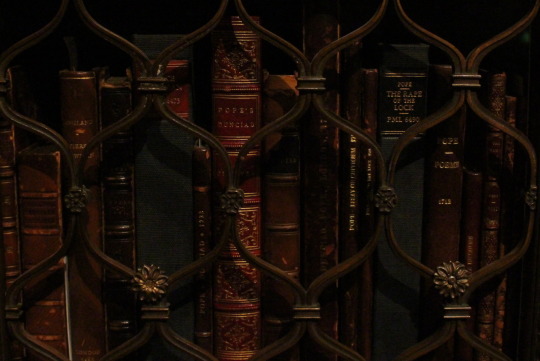
904 notes
·
View notes
Text




mother/daughter bonding day!!
#ily Morgan library ty for making an exhibit about my mom#jane austen#morgan library#lovely#pride and prejudice#emma#sense and sensibility#persuasion#northanger abbey#p&p
20 notes
·
View notes
Text

Morgan Library & Museum in NY (x)
129 notes
·
View notes
Text
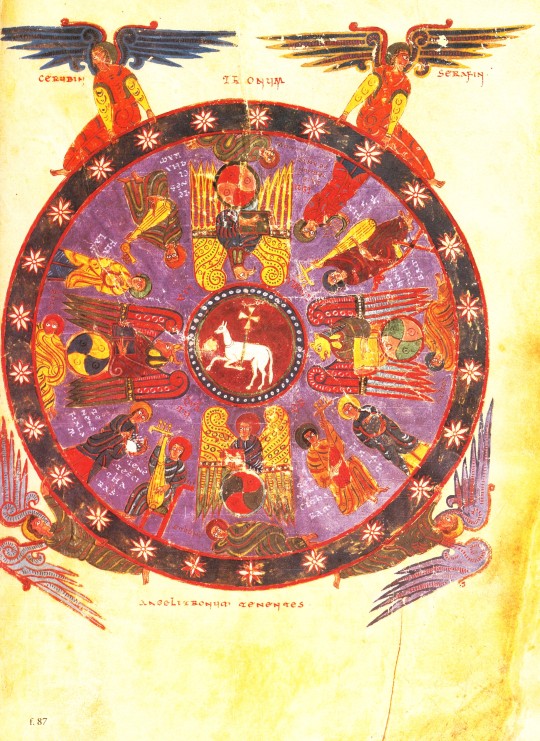

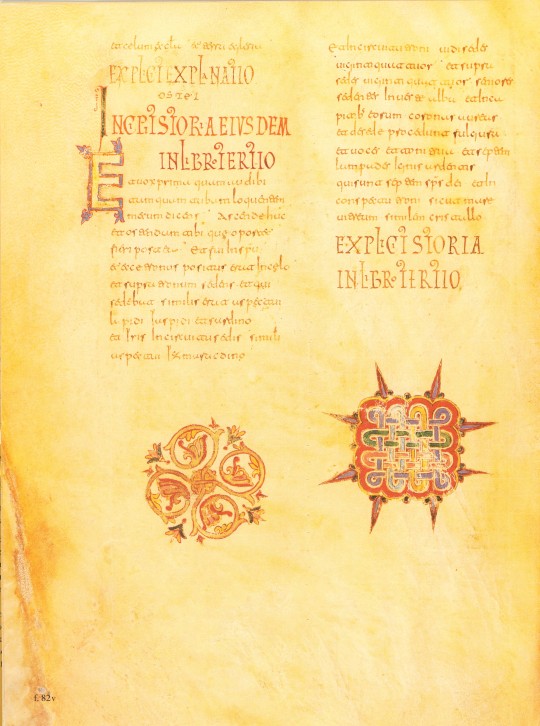
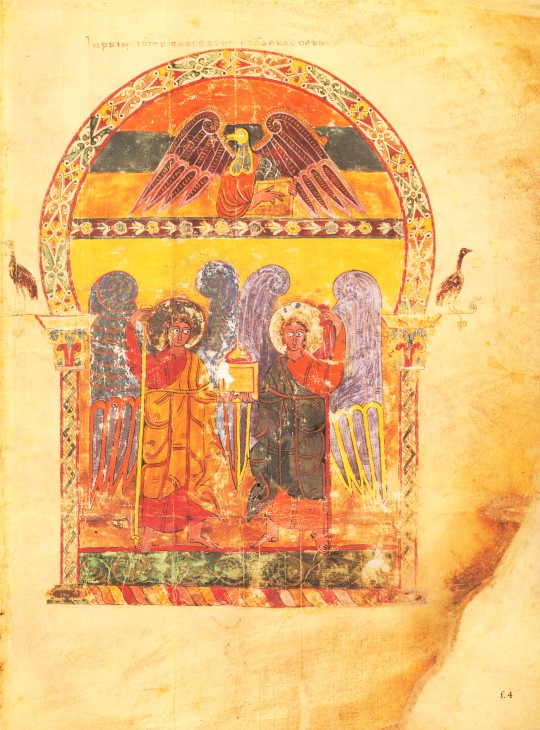

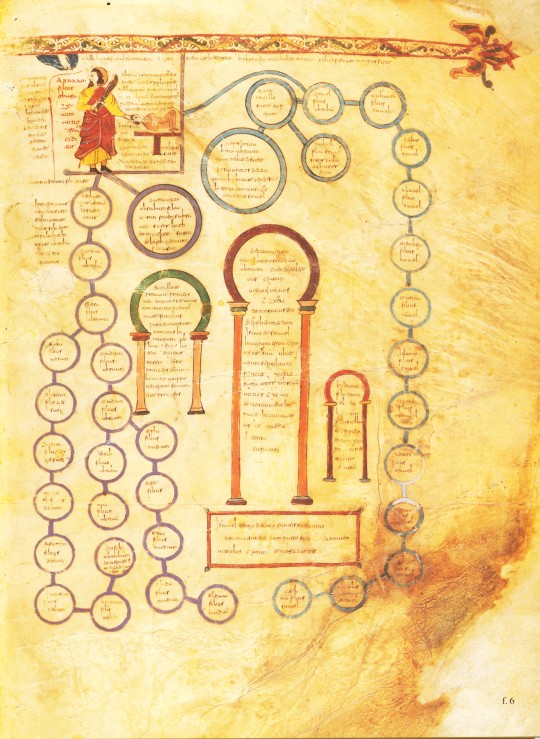


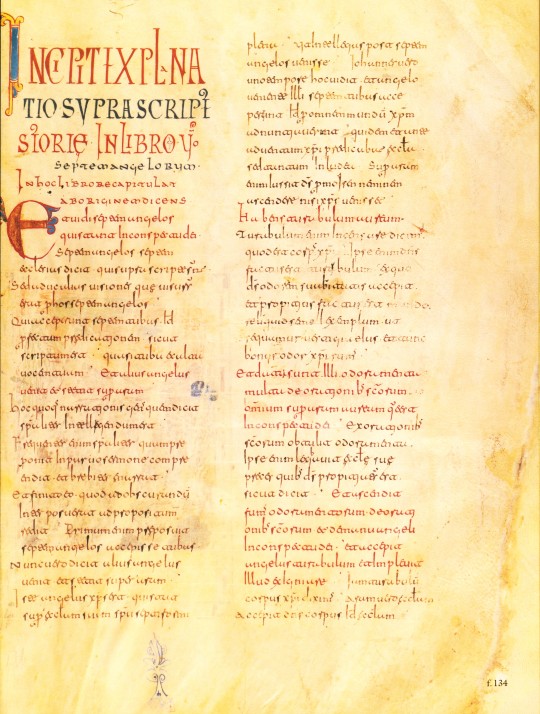
Welcome to Manuscript Monday!
In this series we will periodically focus on selections from our manuscript facsimile collection. Today we present selections from the Morgan Beatus Manuscript, reproduced as A Spanish Apocalypse, The Morgan Beatus Manuscript in New York by George Braziller, Inc. in association with the Pierpont Morgan Library in 1991. The original manuscript, made around 10th century CE at the scriptorium of San Miguel de Escalada in Spain by a monk named Maius, is the earliest surviving illuminated version of the monk Beatus of Liébana's commentary on the biblical Book of Apocalypse (also known as the Book of Revelation). The text of the Book of Revelation makes up the first part of the manuscript, and Beatus’s commentary comprises the second part. The Book of Revelation tells of the end-times in Christianity, during the final judgement of humanity by God. The story within this Biblical book was also seen by those living during the Latin medieval era as representative of the beginning of something new: God’s celestial kingdom. Due to this view of the book, many artists incorporated imagery from this part of the Bible in their work.
Produced in Al-Andalus, or Muslim-ruled Spain, the artistic style of this work combines both Muslim and Christian visual traditions to create a beautifully illuminated manuscript that supplements the commentary by the monk. This artistic style is known as the Mozarabic, which comes from the Arabic mustaʿrib, meaning ‘Arabicized’. Interestingly, this style of art can only be seen in Christian religious art and architecture from Spain at the time, as non-religious artistic objects made by Christians look so similar to Islamic versions of the same works that they cannot be identified as intentionally Christian. Some key Islamic artistic elements within the manuscript include buildings with horseshoe arches, intricate geometric and vegetal patterns as borders for larger images, and the large, bulging eyes of the illustrated animals.
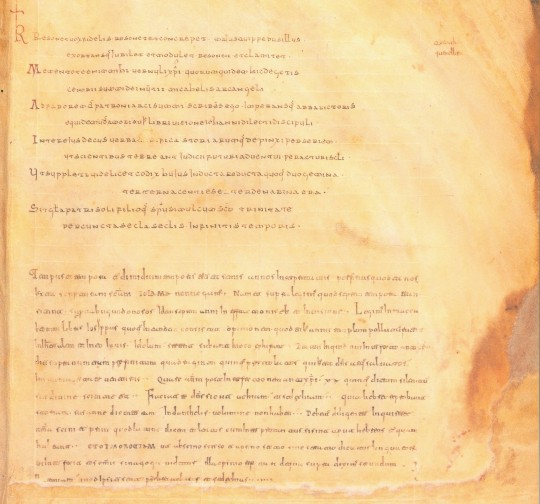
Another interesting aspect of this specific manuscript is the colophon at the end of the manuscript. It tells readers about the circumstances surrounding the creation of this book, including the maker, the patron, the year it was made, and an explanation about why Maius created the manuscript ("I write this . . . at the command of Abbot Victor, out of love for the book of the vision of John the beloved disciple. As part of its adornment I have painted a series of pictures . . . so that the wise may fear the coming of the future judgement of the world's end."). Colophons in medieval manuscripts are not usually as detailed, so the inclusion of all this information contributes greatly to the knowledge and history surrounding the Morgan Beatus Manuscript.
View more Manuscript Monday posts.
– Sarah S., Special Collections Graduate Intern
#manuscript monday#manuscripts#morgan library#morgan beatus manuscript#Beatus of Liébana#Spain#Christian art#Mozarabic#Islamic art style#facsimilies#Spanish art#Medieval art#Spanish medieval art#A Spanish Apocalypse#George Braziller#illuminated manuscripts#Sarah S.
142 notes
·
View notes
Text
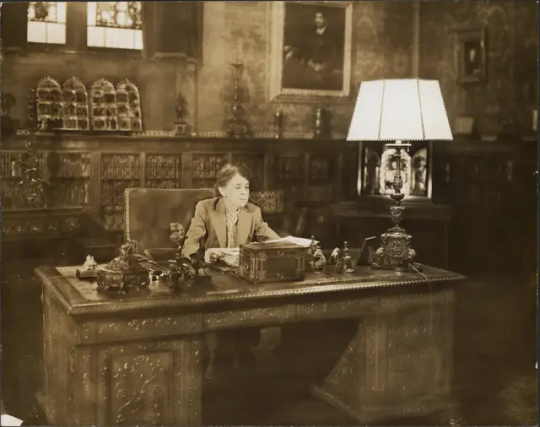
Belle da Costa Greene in the West Room of J. Pierpont Morgan’s Library (c. 1948),
Reproduction of a photographic print, Center for Italian Renaissance Studies; Bernard and Mary Berenson Papers,
Image courtesy The Morgan Library & Museum
#art#photography#black and white#vintage photography#history#still life photography#portrait#bella da costa greene#morgan library#J. pierpont morgan#women in art
5 notes
·
View notes
Text
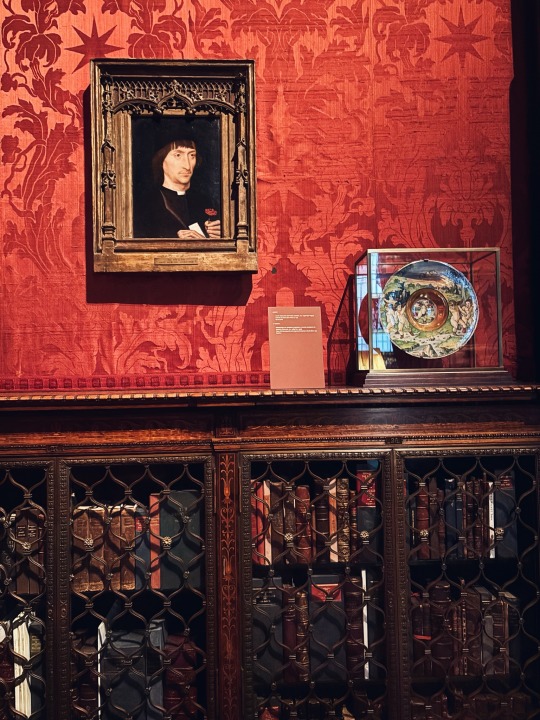

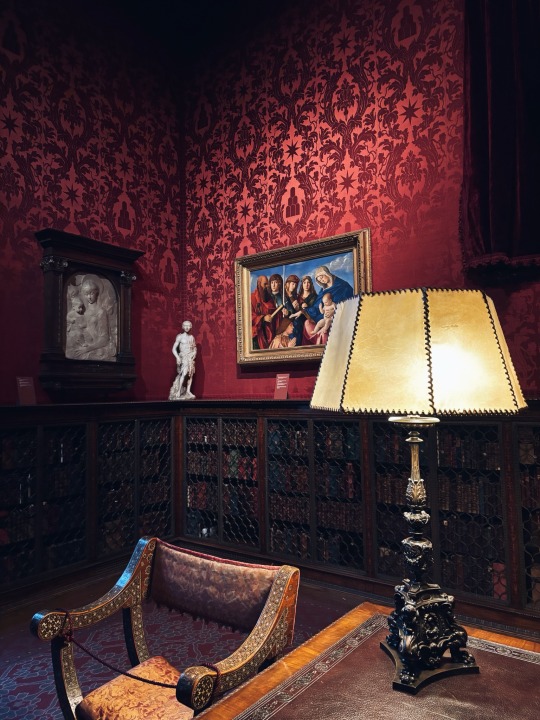
Pinning this as inspiration for my future study / The Morgan Library, New York
#studyspo#bookblr#studyblr#studygram#studysthetic#studyspiration#study mood#dark academia#dark aesthetic#dark acadamia aesthetic#antique books#old books#bookshelf#books and reading#books and libraries#photography#vsco#vscogood#vscocam#aesthetic#study movitation#deskinspiration#deskspo#desk aesthetic#dark interiors#morgan library#j p Morgan
177 notes
·
View notes
Text

Morgan Library in New York
Photo by @thedustyvalise
9 notes
·
View notes
Text

Morgan Library Mahattan by Liza Charlesworth
23 notes
·
View notes
Text


Nicolas Hüet (French, 1770-1828)
Study of the Giraffe Given to Charles X by the Viceroy of Egypt, 1827
Watercolor & gouache, over black chalk
Seen on display at The Morgan Library & Museum
“Giraffes arriving in Europe would have undergone a harrowing journey with a high mortality rate. Many captive animals struggle and refuse food, though Hüet's animal is completely calm.
This carefully and beautifully observed watercolor of a giraffe also functions somewhat like a "decisive moment" photograph. It is unusual in that it shows the trappings of a captured wild animal.
The bridle, the neck bell, and even the knot used to secure the giraffe to the pine tree are rarely portrayed in nineteenth-century images of wild ani-mals. The giraffe's acceptance of its fate is evident also in the relaxation of the keeper, who doesn't feel the need to keep an eye on his charge, leaning back in his chair in complete idleness.”
#animals in art#european art#19th century art#painting#museum visit#giraffe#watercolor#French art#Nicolas Hüet#Morgan Library#menagerie#captive animal#african animals
23 notes
·
View notes
Photo
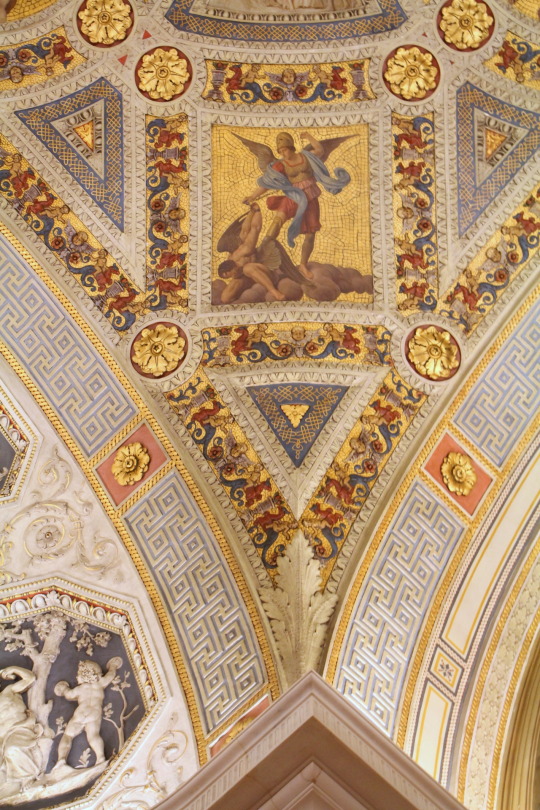

Ceiling detail, atrium, Morgan Library
403 notes
·
View notes
Text
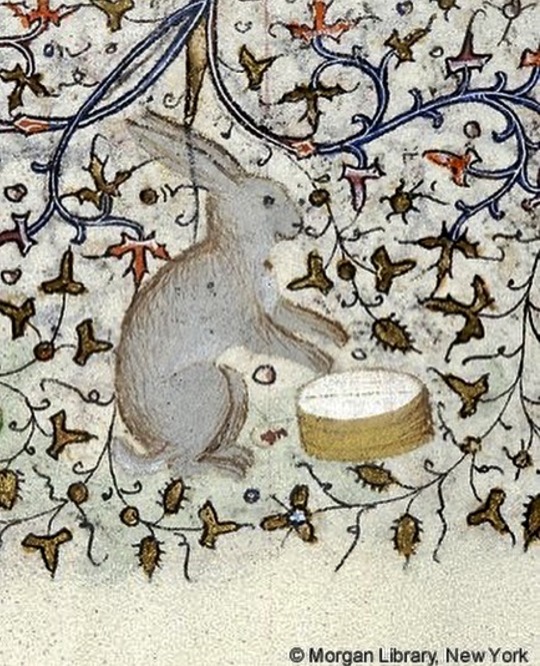
#RabbitRabbit Wishing you and yours sunny days, restful nights & excellent health 🐇🌷🐇
Image: @themorganlibrary
Book of Hours
France, Paris, ca. 1420-1425
MS M.1004 fol. 81r
9 notes
·
View notes




